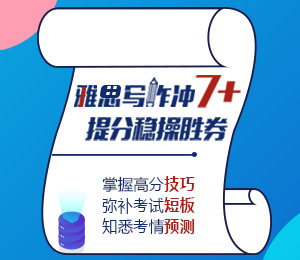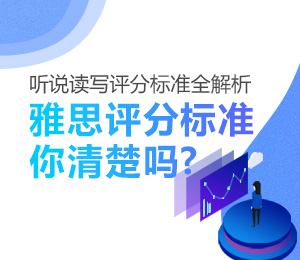2017年9月16日雅思阅读考试机经
2017-09-12编辑: 天空来自: 互联网
雅思阅读考试是整个雅思考试中最难的一部分,随着考试的来临小编今天给大家整理了2017年9月16日雅思阅读考试机经,希望可以帮助大家,一起来看看具体内容吧!
Darkside of Technological Boom 科技
文章题目 Darkside of Technological Boom
重复年份 20151203 20130713 20100520
题材 科技
题型 小标题 9+判断 5
文章大意 文章讲了科技在现代生活中的各种弊端。
Children's adults 文学
文章题目 Children's adults
重复年份 20151219 20140802 20111026
题材 文学
题型 选择 4+句子配对 4+判断 4+简答 1
文章大意 讲了儿童文学。探讨了从成人角度去写儿童文学的视角不同。

参考阅读:
CHILDREN’S LITERATURE
A Stories and poems aimed at children have an exceedingly long history: lullabies, for example, were sung in Roman times, and a few nursery games and rhymes are almost as ancient. Yet so far as written-down literature is concerned, while there were stories in print before 1700 that children often seized on when they had the chance, such as translations of Aesop’s fables, fairy-stories and popular ballads and romances, these were not aimed at young people in particular. Since the only genuinely child-oriented literature at this time would have been a few instructional works to help with reading and general knowledge, plus the odd Puritanical tract as an aid to morality, the only course for keen child readers was to read adult literature. This still occurs today, especially with adult thrillers or romances that include more exciting, graphic detail than is normally found in the literature for younger readers.
B By the middle of the 18th century there were enough eager child readers, and enough parents glad to cater to interest, for publishers to specialize in children’s books whose first aim was pleasure rather than education or morality. In Britain, a London merchant named Thomas Boreham produced Cajanus, The Swedish Giant in 1742, while the more famous John Newbery published A Little Pretty Pocket Book in 1744. Its contents—rhymes, stories, children’s games plus a free gift (‘A ball and a pincushion’)— in many ways anticipated the similar lucky-dip contents of children’s annuals this century. It is a tribute to Newbery’s flair that he hit upon a winning formula quite so quickly, to be pirated almost immediately in America.
C Such pleasing levity was not to last. Influenced by Rousseau, whose Emile (1762)decreed that all books children save Robinson Crusoe were a dangerous diversion, contemporary critics saw to it that children’s literature should be instructive and uplifting. Prominent among such voices was Mrs. Sarah Trimmer, whose magazine The Guardian of Education (1802) carried the first regular reviews of children’s books. It was she who condemned fairy-tales for their violence and general absurdity; her own stories, Fabulous Histories (1786)described talking animals who were always models of sense and decorum
D. So the moral story for children was always threatened from within, given the way children have of drawing out entertainment from the sternest moralist. But the greatest blow to the improving children’s book was to come from an unlikely source indeed: early 19th-century interest in folklore. Both nursery rhymes, selected by James Orchard Halliwell for a folklore society in 1842, and collection of fairy-stories by the scholarly Grimm brothers, swiftly translated into English in 1823, soon rocket to popularity with the young, quickly leading to new editions, each one more child-centered than the last. From now on younger children could expect stories written for their particular interest and with the needs of their own limited experience of life kept well to the fore ...

相关阅读

-
预约雅思水平在线测试
获取0元体验课程












